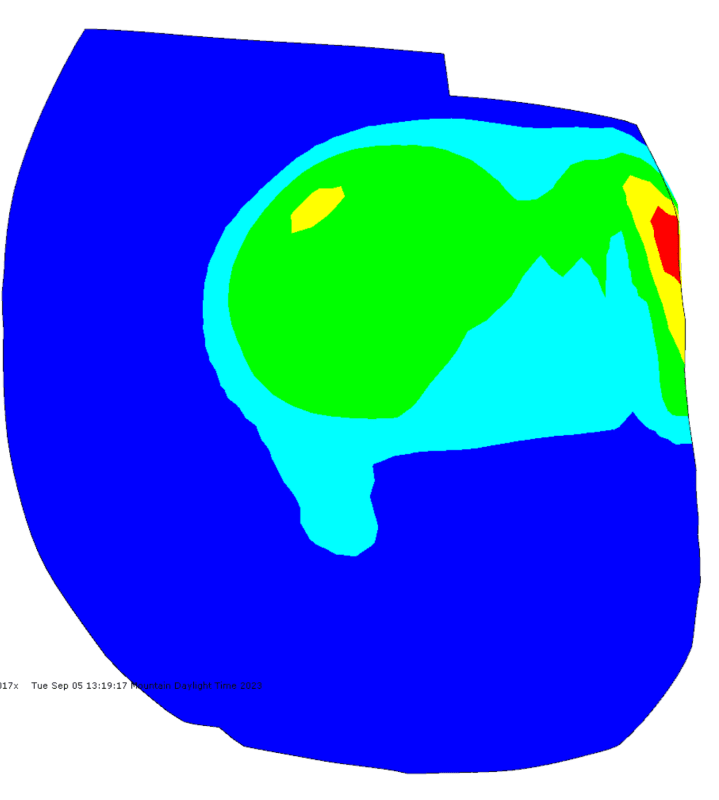meteuzuner
Mechanical
Greetings,
I'm currently engaged in structural analyses using ABAQUS, and I frequently encounter stress singularities at the corners. I'm seeking a solution to conceal those regions and re-visualize the stress contours accurately, disregarding the erroneous maximums stemming from these singularities.
Any insights on achieving this would be greatly appreciated.
Best regards,
I'm currently engaged in structural analyses using ABAQUS, and I frequently encounter stress singularities at the corners. I'm seeking a solution to conceal those regions and re-visualize the stress contours accurately, disregarding the erroneous maximums stemming from these singularities.
Any insights on achieving this would be greatly appreciated.
Best regards,


